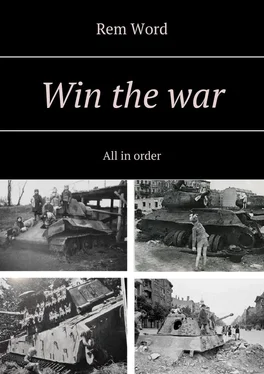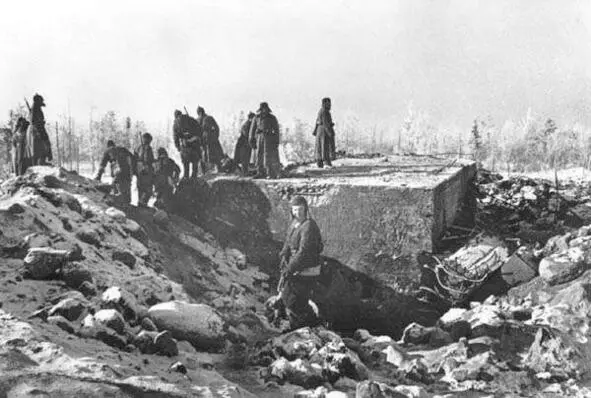
Among the advantages in combat training of troops, after such a harsh school, is the abolition of the institution of political commissars, the experience of breaking through long-term fortifications, the winter war as a whole, and the return to the production of a submachine gun (PPD). Cons, in addition to the most severe losses – the loss of at least some prestige on the world stage. The German government understands that it is fully capable of achieving comprehensive success in the war against the «colossus on clay feet.» The sight of a surviving Soviet soldier in a camera. On the ruins of the Finnish DotA, spring 1940
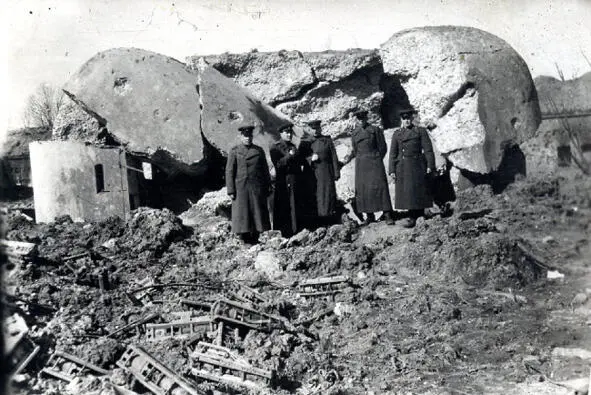
Soviet officers pose against the backdrop of «Karelian sculpture.» April 1940
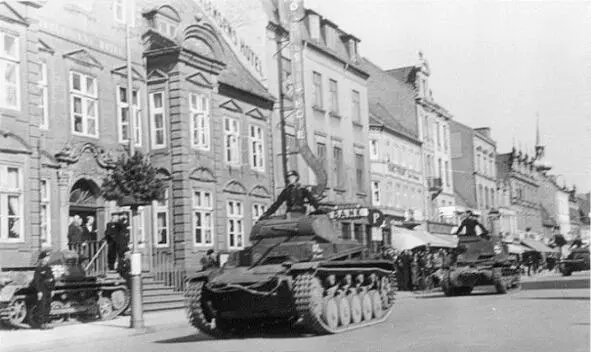
…Denmark and Norway are threatened to capture two centers of power at once: England and Germany. Denmark is leaning towards the protectorate of Germany. The leaders of the country (ethnic Germans, as a rule) give the order not to resist the invasion. It will take place in March 1940, and costs the lives of thirteen Danish and two German soldiers. Reich acquires a reliable supplier of agricultural products, a half dozen warships and a six-thousandth volunteer corps. Photography – German T-2 tanks on the streets of Copenhagen
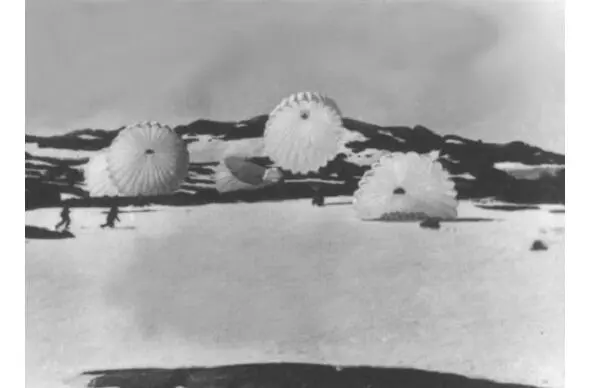
In April 1940, the German warships attacked Norway, which had received help from the British, and by June 16 of the same year, with the support of airborne assault forces, captured it. The irretrievable human losses of opponents are approximately equal. The Norwegians – 1,400 people, as well as 60,000 prisoners, the British 1,800, the French and Poles 500. Wehrmacht loses about 4,000 soldiers and officers. Allied forces lose a total of 15 warships, including the aircraft carrier. Germany – 34 large and 10 small. These losses make the landing operation to the UK quite doubtful. As a result of the submarine war, England loses 485 ships, which is one third of the entire merchant fleet. Germany exchanges them for their 9 submarines.Photography – German paratroopers on the rocks of Norway
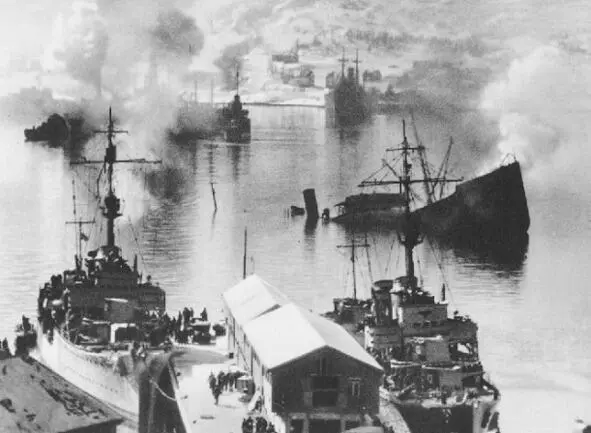
Harbor of the Norwegian city of Narvik, after the battle of the British with the German fleet
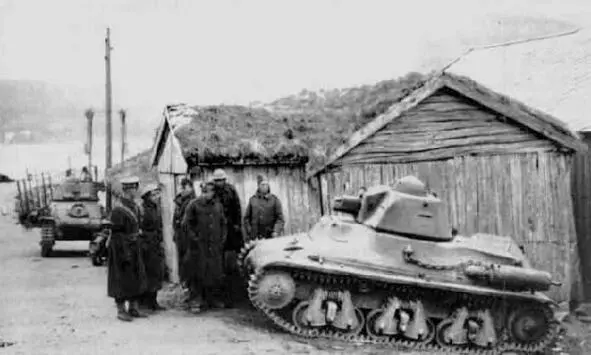
The French Renault tanks, delivered to the Norwegian allies, despite their good performance characteristics, still seem frivolous. Narvik, 1940
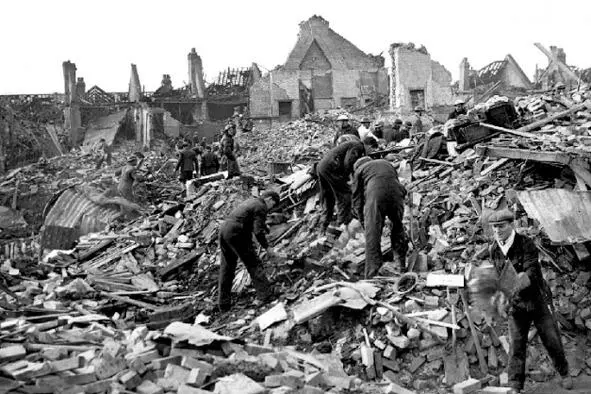
Not very beautiful on May 10, 1940, Belgium and the Netherlands receive from the German command an ultimatum reproaching the violation of neutrality – the passing of British aircraft over their territory. The note calls on Holland not to hinder German troops entering the country, not as enemies. However, by this time the German soldiers are already on the land of the Netherlands. The government of the country dams and cheese requests help from the British and French. Their expeditionary corps are nominated to establish contact with the Dutch. German paratroopers capture a strategically important bridge at Rotterdam. This move allows German tanks to block large Dutch infantry units. Under the threat of bombardment of the capital, there is a demand for complete surrender. The ultimatum is accepted, however, as a result of the error, or the deliberate action of 60 Heinkel 111 bombers dropping 97 tons of bombs on Rotterdam. Holland surrenders five days after the declaration of war. Losses of the Dutch side: 2330 soldiers and officers, 70 aircraft, (68 «Typhoon» lose the Air Force of England), as well as 2000 civilians. Germany – 3000 military, 275 aircraft. The photograph shows the outskirts of the Dutch Rotterdam after the bombing.
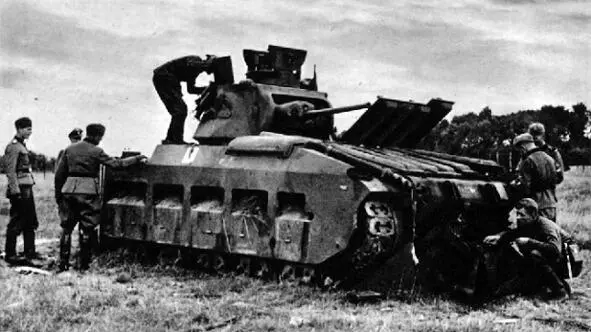
The idea of the ambitious German officer Erich von Manstein – to attack the superior in number (4 million versus 3 million Wehrmacht) Anglo-French army through the mountainous Ardennes, from the north, by the few cohesive tank units, is found in the Fuhrer.Photography – German soldiers inspect the British tank "Matilda", shot down during the Ardennes operation
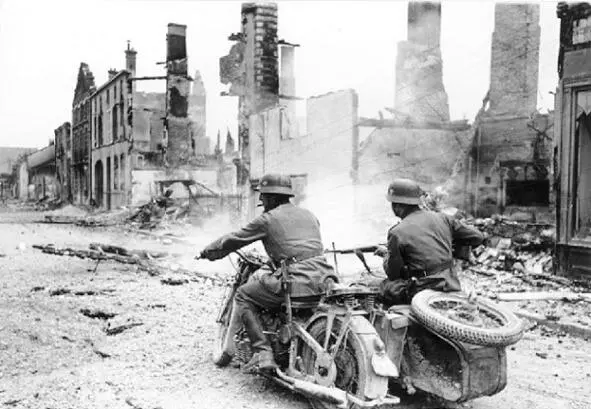
The battle continues to unfold in neighboring Belgium. Here, on May 10—11, French, British, Belgian troops and Wehrmacht units converge. The first really grand operation of the Germans begins almost a failure. In the vicinity of Luxembourg, a motorized column of 41,000 units of equipment, a bumper to the bumper, gets into a 250-kilometer traffic jam. However, the bewildered allies never bombard this light target. Finally, 1,100 tanks break away from infantry clusters and break through mountain serpentines into Belgium. Three days later, steel cars, with crews tightly tucked in pervitin, almost seamlessly cross the borders of France.Photography – German scouts are moving along the street of the destroyed French city
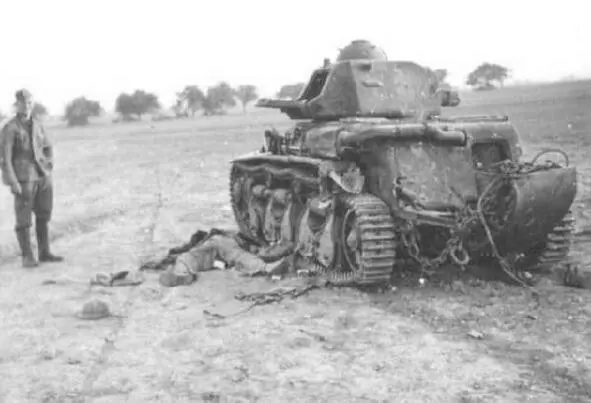
From the battles of this period, we note a large tank battle at Annu. 623 German (Panzer 1—2) and 415 French (Renault, Hotchkiss) tanks converge here. The shortcomings of German armored vehicles are revealed – thin, 14, 5 mm. armor and weak 20 mm. a gun. They are opposed by 45 mm. armor and 37 mm. the guns of Hotchkiss, whose crews, however, consist of only two people. The tactics of the panzerwaffe – to beat with a steel fist, with a clear coordination on the radio and a clear goal, shows superiority over the manner of the opponents to place the tanks in a shaky line. The armed forces of Belgium withdraw from the fight on May 28.The photo shows the dead French tanker near the Renault tank, France, 1940.
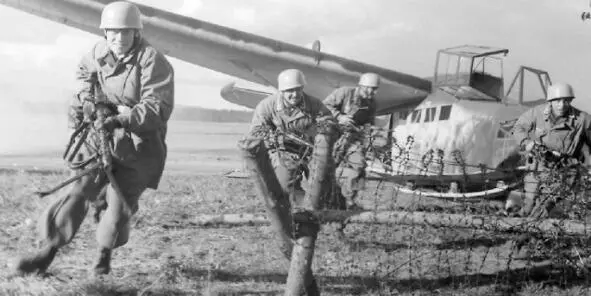
During offensive operations of the Wehrmacht in the Benelux countries, and in France, in addition to parachute assault forces, towed gliders are actively used. This method of landing is associated with the loss of the aircraft, but allows the fighters to remain in the group with the cargo. It seems that war for these soldiers is just such an adventure.
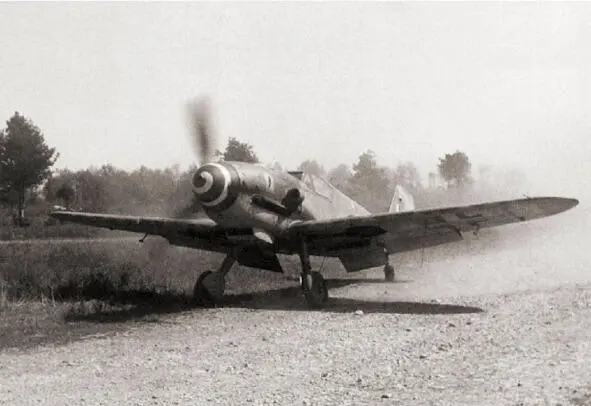
German fighter «Messerschmitt Focke-Wulf 190». The basis of German domination in the air of the first half of World War II. The take-off weight is 2200 kg. The maximum speed after replacing the engine in 1938 is 570—580 km. h. Armament – four 7.92 mm. machine gun, or two machine guns and 20 mm. a gun. During the war years produced 33,000 units (the most massive combat aircraft in history).
Читать дальше
